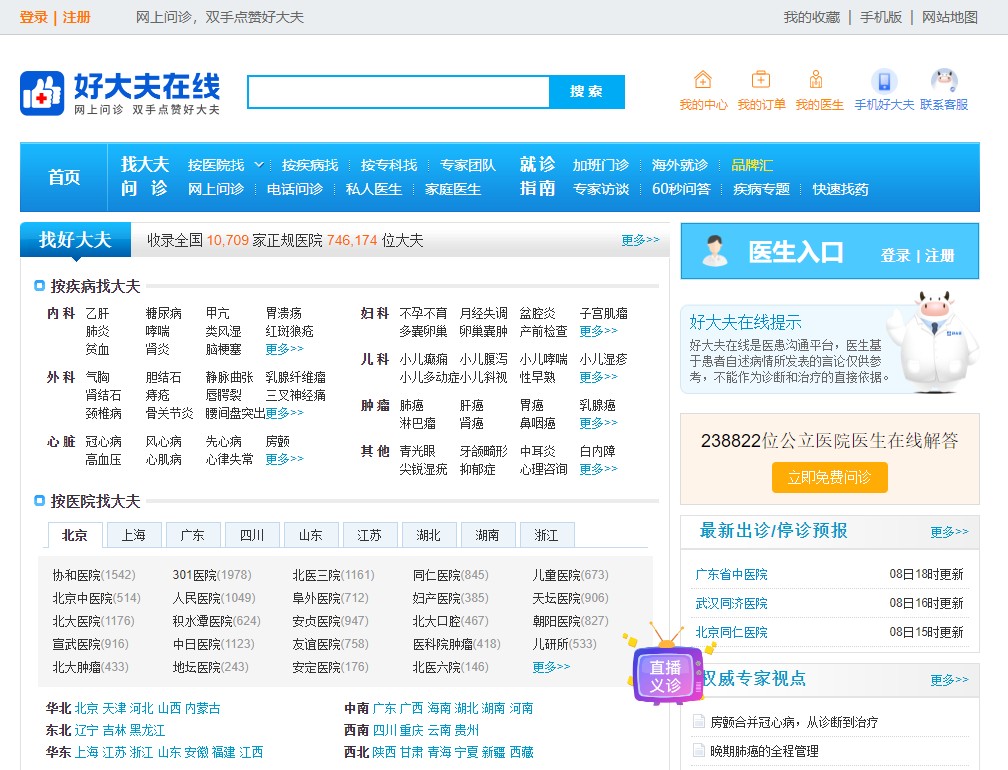
公益廣告的健康傳播策略評估 : 以香港流感廣告爲例
7 October 2020
The Role of Expectation Violation in Online Patient-Doctor Communication: Evidence from a Chinese Online E-health Websites
7 October 2020The Impact of Government Trust on the Public Health Risk Management : An Empirical Study Based on Changsheng Bio-Technology Vaccine Incident

Principal investigator: Prof HUANG Yi-hui (Department of Media and Communication)
Results of the structural equation modelling reveal that: (1)Government trust has significant direct effects on risk perception, risk acceptance and behavioral intention; (2)Government trust exhibits indirect effects on behavioral intention primarily through risk acceptance as a key mediator; (3)In contrast to the strong predictive power government trust has on both types of behavioral intention, the effect of risk perception on behavioral intention is extremely limited, with only word-of-mouth(WOM)intention being predicted by affective risk perception; (4)Risk perception has significant positive effects on the public’s subjective acceptance of domestic vaccine risk, while not their actual behavioral intention to vaccinate. Implications of the findings for risk management and risk communication strategies are also discussed.
However the major limitation of the study rests on the inaccessibility of a probability sampling strategy, which makes us unable to generalize our findings to the wide variety of general public in China. Moreover, this study follows many prior studies and adopts cross-sectional design, which necessitates future efforts in using longitudinal data to substantiate the viability of the proposed model in other risk contexts and explore the temporal impact. Examining the newly proposed integrative framework not only strengthens the theoretical understanding of the underexplored complexity of the linkage between government trust and behavioral intention, but more importantly, shed substantial light on risk communication practices and public policy formulation. The significance of this study can be threefold: (1)It explicates the conceptual differences between risk acceptance and behavioral intention that have been left unattended in the causal chain model; (2)It reifies the mediation role of risk perception by investigating the effect of both affective and cognitive risk perception on the relationship between government trust and behavioral intention; (3)The framework holds promise for further research and practices in several areas including risk communication, risk management strategies, and organizational communication.
Click here to read the publication details.
